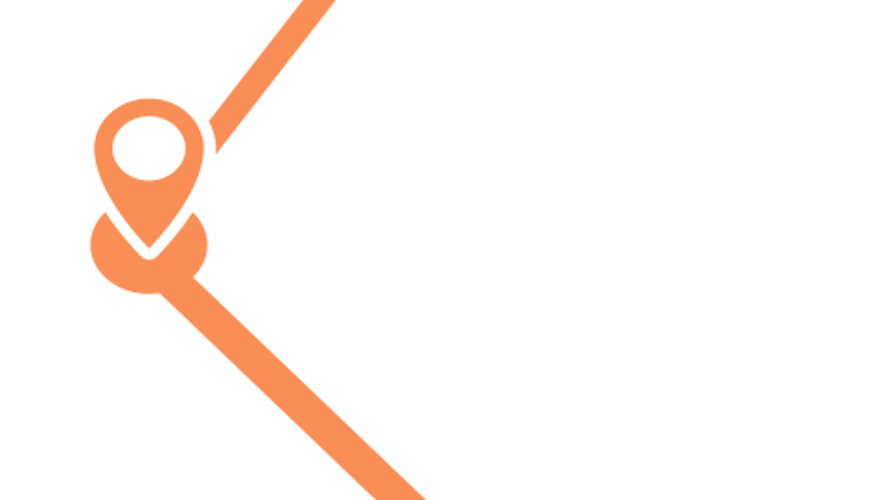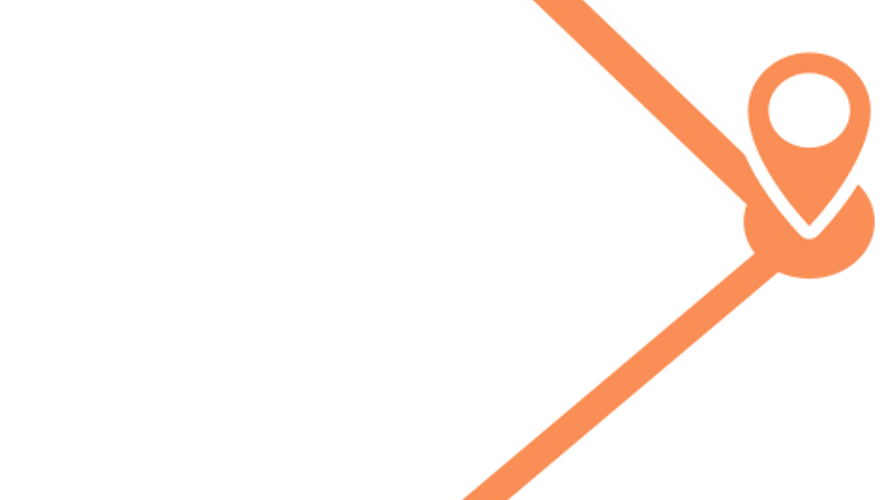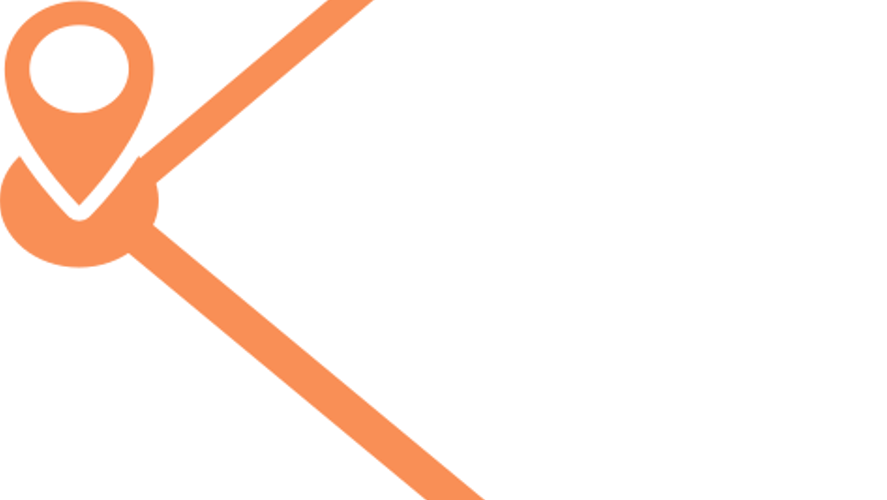Devices Translation Roadmap
This roadmap provides a simplified workflow summarising key activities and considerations for development, evaluation and commercialisation of medical devices, to facilitate their effective translation into the clinic.

Design & Development
Successful translation of an idea into an NHS-adopted medical device is reliant upon the early and continued consultation & effective decision-making of a diverse group of individuals. This earliest phase of medical device translation should encompass the first iteration of a Target Product Profile (TPP), which defines the Unmet Clinical Need and Intended Use of the device, Device Classification and initiates Risk Identification & Management. Processes should be put in place to start the regulatory-complaint documentation for the medical device and management of Intellectual Property, whether for key enabling technologies or emerging foreground IP.

Laboratory/Pre-clinical Evaluation
In this early research & development phase of medical device translation, it is important to address the question: Does your research prototype match the TPP and meet all the essential safety & performance requirements? What data will be required to satisfy the Regulator as to the appropriate systematic development and testing of the device according to Medical device Regulations (MDR)?

Manufacturing a Clinical Trial Product
This section includes important considerations when transitioning to the manufacture of a ‘clinical prototype’. How ‘scalable’ is your device manufacturing process? Is it best aligned to support future commercialisation of an effective clinical trial product?

Clinical Evaluation
Medical device manufacturers are required to conduct clinical evaluation to compare a new device to standard of care practice, or established similar devices. Considerations at this stage include finance, manufacturing and regulatory & ethical compliance.

Commercial Adoption
Having completed the primary clinical and performance evaluation, further progression of the new Medical Device requires commercial adoption beyond UCL in order for NHS uptake. Before a product can be granted European market approval, it needs to be CE-marked as testament to regulatory conformity with health, safety, and environmental protection standards. The University does not hold CE-marks itself and so it is at this stage in the Medical Device life cycle that the product ‘exits’ from being an ‘in-house’ development project.
 Close
Close

